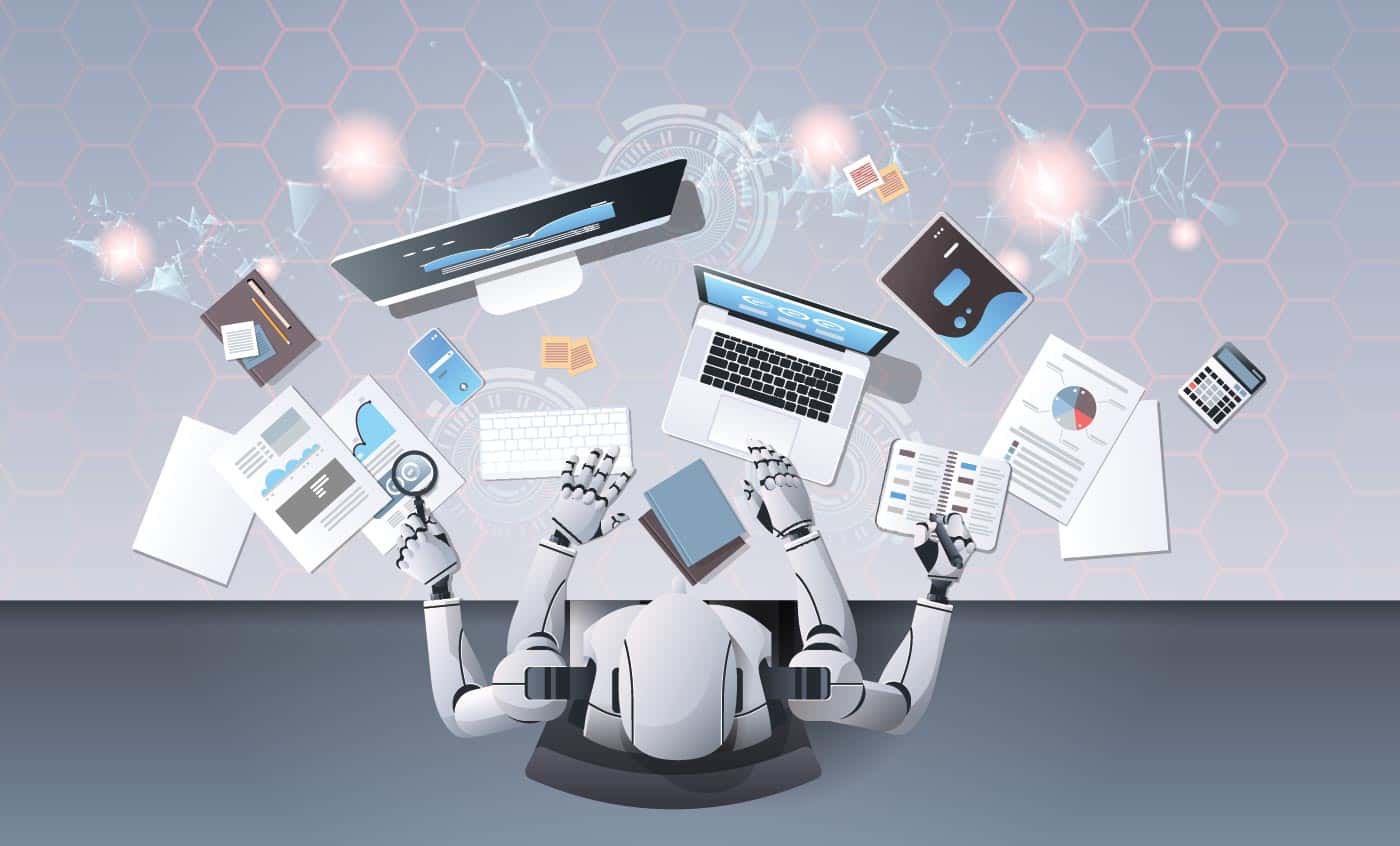High Growth
Robotic Process Automation (RPA) is poised to disrupt a wide range of industries automating the repetitive work of information workers.
RPA isn’t yet a decade old, but it’s reach is fast accelerating and looks to continue it’s rapid growth. RPA is the fastest-growing software segment officially tracked by Gartner, with year-over-year growth of more than 63% in 2018, to $846 million in revenue. According to Forrester, RPA is on track to reach $2.9 billion by 2021. Further estimates by Forrester and others put RPA in the tens of billions in revenue by the late twenties.
Rapid adoption is driving growth, and low cost of entry and ease-of-use should fuel that growth even further.
Microsoft entered the RPA arena last year with the introduction of UI Flows. Their low-cost, user-friendly approach aims to democratize RPA by making adoption simple. If they succeed, the effort should go a long way to broaden the range of companies that can successfully implement RPA.
RPA can also improve the quality of working life for information workers by offloading mundane tasks that are more efficiently performed by automation.
A global work-from-home new normal may boost RPA even further, if not alter the entire picture when we consider RPA adoption.
What RPA is, and What it Isn’t
Despite initial fears, bots don’t generally displace human workers. RPA bots typically replace or augment repetitive human tasks, and if implemented effectively, can reskill and upskill the human workforce in place.
RPA can also improve the quality of working life for information workers by offloading mundane tasks that are more efficiently performed by automation. Companies can reposition their jobs towards higher-skill tasks that leverage the cognitive and on-the-fly decision-making skills of their human workforce.
Bots can also bridge applications, reduce input errors, improve customer service, and save significant time and money. It’s easy to see why RPA adoption is attractive to business units staffed with information workers.
RPA and Modernization
Telecommunications, utilities, and financial companies – with their patchwork of transaction-based legacy systems – tend to benefit the most from RPA. In many cases, RPA impementation transforms their modernization calculus. With a new easy-to-implement tool to bridge and extend their legacy systems, modernization efforts can be better planned, managed, and executed. Critics note that RPA can also be used to put off modernization, which is surely a danger, but we’ve found with a good strategy and a commitment to digital transformation, RPA can be an important game-changer.
Since RPA is handled at the GUI-level, most systems old and new, including systems that have been in service for decades might be eligible. In other words, a modern enterprise application can work alongside CA Plex/2E or COBOL/RPG green screen apps in the process chain to get the work done.
Ramping up RPA in your organization can be a low-friction process. The investment needed to get started is low and getting lower, return on your investment flows quickly, and implementation can scale up or down based on your needs once you get up and running.
Some business managers enjoy an RPA effort that bypasses the company’s entrenched IT job queue as they can test and implement RPA based on real-world pain points quickly. In our experience, it’s important to keep IT tightly in the loop if they aren’t spearheading the effort.
Companies undergoing a modernization effort can use RPA to free up their timeline, and get some data management compliance, and improved analytical data improvements to boot.
Considerations
RPA bots aren’t “smart”, at least not yet. RPAs execute defined, repeatable, tasks and are limited with respect to making decisions and acting on them. While technologies involved in the task-automation process may involve AI or machine learning (think OCR), RPAs themselves involve little of these smart technologies.
It’s important to keep in mind that some strategy and upkeep required (set it, but don’t forget It). RPA automations are implemented at the GUI-level and will break on any upgrades or changes to the leveraged applications. As a result, technical debt goes one way: any RPA bots need to adapt to a company’s patchwork of applications and not the other way around.
RPA Best Practices
When adopting RPA, crafting a comprehensive company-wide strategy, complete with buy-in from all interested parties along with careful maintenance and monitoring ensures your best chances for success.
Once you get started, be sure to take great care when you pick the tasks to automate. They should be predictable, mature, efficient, repetitive, based on definable rules, and have enough volume to justify the effort. Also, ensure compatibility with relevant corporate systems, test early, and plan for ongoing management/technical debt. We strongly advocate you define ROI beforehand and commit to ongoing measurement.
CM First Group Can Help
Our deep experience with legacy enterprise systems puts us in a unique position to help companies reinvent their modernization efforts with RPA. We have the knowledge and real-world experience needed to implement emerging RPA technology effectively and help you target and achieve the highest ROI possible.
Register now for our May 20th webinar “Bots to the Rescue – Enterprise System Onboarding“.
Contact us for more information or to schedule a demo. Call 888-866-6179 or email us: info@cmfirstgroup.com.



